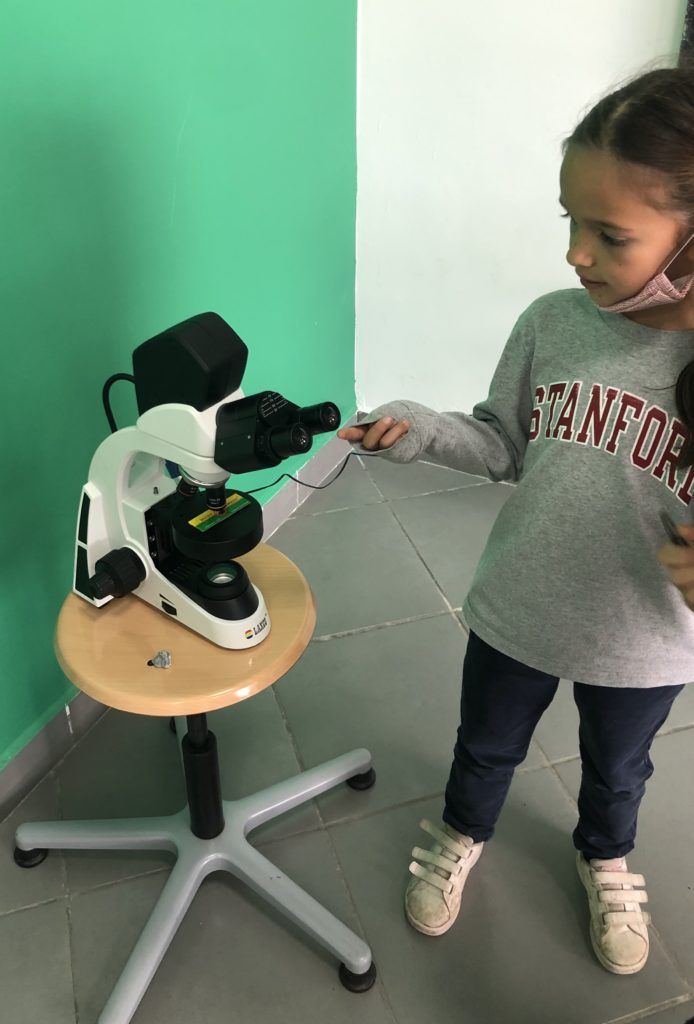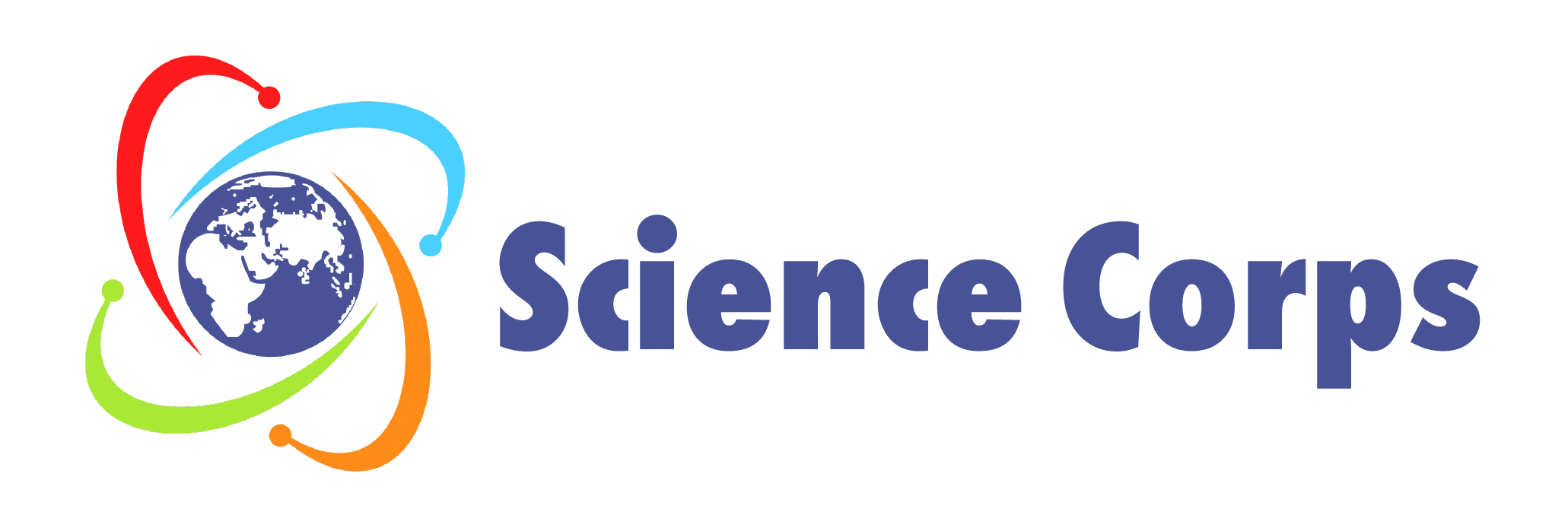

Over the course of Patti’s time at AST she got involved with the school and community in many ways. Here she shares her time working with girls in Girl Up to get them more involved in science:
A group of my amazing teacher colleagues at AST started a chapter of an international club called Girl Up for grades 7-12. The goal of the club is to promote girls as leaders by developing their skills and protecting their rights. They roped me in because we had been informally discussing ways to elevate more Moroccan girls into leadership roles at the school for many weeks. The decision to exclude girls in younger grades was tough, but we decided to start the club with older girls who could then design their own activities for their younger counterparts. I wanted to make a dedicated space for even younger girls to participate, so I started a science club for grades 2-4 with a Girl Up theme. The idea was that we would learn about awesome science through hands-on activities, and then use the science as a lens to focus on gender – for example by learning about female scientists or gender issues related to the scientific topic. I was so lucky that nine of the smartest and most thoughtful little girls signed up: three 2nd graders, two 3rd graders, and four 4th graders.
Our first fun science activity was centered around microscopes. I asked each of the girls to bring in an object that they wanted to see under the scope. Before we got started, we learned some basic rules and briefly discussed how microscopes make things bigger. I had already taught both second grade classes about lenses and how some of them can bend light to make things appear closer (aka bigger), so they were ready to help explain the mechanism to their 3rd and 4th grade friends. Then I set the girls loose to look at their objects under the scopes. Working in pairs, they got a close up look at table salt, leaves, hair, gummy snacks, and flower petals. One of the girls even brought prepared slides from home. The most interesting of these was a housefly wing. All of the girls took turns looking and sharing their excitement over the wing’s tiny blood vessels – you could make them out under the microscope, but they were virtually invisible to our eyes.
But the POINT of this activity was not the magnified samples or the microscopes, let alone how they work. My real agenda was to discuss perspective. I wanted the girls to understand that how you look greatly affects what you see. To drive this home, I made a worksheet. I had the girls draw their sample based upon what they could see with the naked eye. Then, before they were allowed to look under the microscope, I had them make a hypothesis: what did they think their sample would look like under the microscope? Finally, after they took a look, they had to draw what they really saw under the microscope. Everyone quickly realized that things looked quite different than expected under the microscope.
We segued from this to talk about how just because you don’t see something, that doesn’t mean it’s not there. It could mean that you’re not looking in the right place or in the right way. I next asked the girls about female scientists. Did they exist? How could we be sure? What if we don’t see them? What are the possibilities? “They’re hiding!” one of the girls said. This was my opening. We talked about hidden figures. I told the girls that throughout history, female scientists often contributed to huge discoveries, but their recognition, if any, was buried in the Acknowledgements section of seminal papers. We talked about what it means to be an author of a scientific paper and how important it is to recognize everyone on a team for their hard work. The girls tolerated this for a full 10 minutes before they politely asked if they could go back to looking at their samples under the microscopes. Of course, I said yes.
One thing that kids understand well is fairness. They can easily see that it is unfair to give less recognition to a person’s work just because of their gender. I didn’t learn about hidden figures until I was in graduate school. I was lucky that not knowing didn’t deter me from trying to become a scientist, but learning when I did made me look around and wonder whether some hidden version of the same thing might affect me. I now know that there is still widespread gender disparity in scientific publishing, both in terms of the number of papers published and in how often those papers are cited. There are important ongoing efforts to address this and other related issues at the university level, but it is equally important to have open discussions with K-12 students about gender equality in science, even if only for 10 minutes at a time. The sooner and more often we tell them about instances of injustice in science, the more likely they will be to mitigate these issues when they grow up to become scientists.
Want to try out this activity with your own students? Contact us for the lesson plan!


Leave a Reply